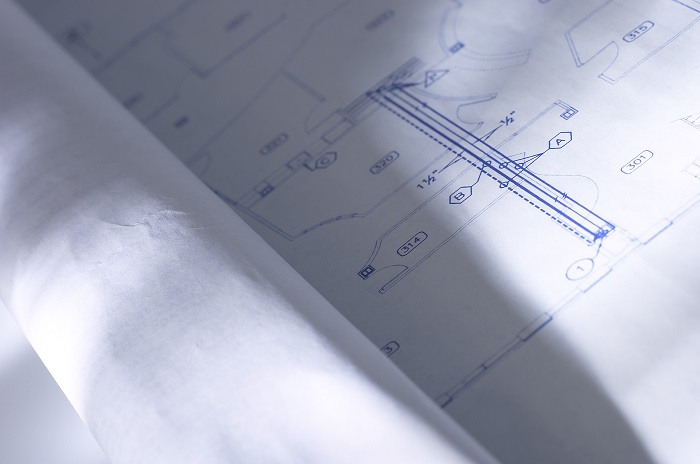Architectural practice
In the built environment, the term 'professional practice' refers to the conduct and work of someone from a particular profession. Architectural practice therefore is that area of activity that sees professional architects engaged in the design and construction of buildings, selling their services to clients while complying with the requirements of their professional body.
An architectural practice may involve a large office with hundreds of architects and other associated professions, such as structural engineers and services engineers, surveyors, marketing/PR and administrative back-up, or it may involve smaller offices with just a handful of people. The smallest architectural practice is the sole practitioner working from a home office.
[edit] Professional bodies
Architects must be professionally qualified – in other words they have sat and passed relevant examinations, successfully worked for the prescribed periods in industry (a term sometimes used for professional practice) and satisfied the requirements of their profession’s governing body. In the UK, this may be the Royal Institute of British Architects (RIBA), although the statutory requirement is to be registered with the Architects Regitration Board (ARB). In the US it is the American Institute of Architects (AIA).
These institutions have their respective codes of pracitce and standards that their members must follow under particular circumstances. Certain standards may also be expected by law or by contractual obligations and can include duty of care, duty to warn, and reasonable skill and care.
The term ‘chartered practice’ is legally protected and designated by professional institutions such as the (RIBA). This means that only architectural practices that are accredited by the RIBA can use the label ‘RIBA Chartered Practice’, use the RIBA logo, and include or display certification in proposals, bids or offices.
Practice or practise?
It is worth noting the difference between ‘practice’ and ‘practise’: in UK English, the former is a noun (as in architectural practice) while the latter is a verb (practise playing guitar, etc). A useful mnemonic is that practice contains ‘ice’ which is a noun. So, practise is the verb. However, in American English, 'practice' is both noun and verb.
[edit] Related articles on Designing Buildings Wiki
Featured articles and news
RTPI leader to become new CIOB Chief Executive Officer
Dr Victoria Hills MRTPI, FICE to take over after Caroline Gumble’s departure.
Social and affordable housing, a long term plan for delivery
The “Delivering a Decade of Renewal for Social and Affordable Housing” strategy sets out future path.
A change to adoptive architecture
Effects of global weather warming on architectural detailing, material choice and human interaction.
The proposed publicly owned and backed subsidiary of Homes England, to facilitate new homes.
How big is the problem and what can we do to mitigate the effects?
Overheating guidance and tools for building designers
A number of cool guides to help with the heat.
The UK's Modern Industrial Strategy: A 10 year plan
Previous consultation criticism, current key elements and general support with some persisting reservations.
Building Safety Regulator reforms
New roles, new staff and a new fast track service pave the way for a single construction regulator.
Architectural Technologist CPDs and Communications
CIAT CPD… and how you can do it!
Cooling centres and cool spaces
Managing extreme heat in cities by directing the public to places for heat stress relief and water sources.
Winter gardens: A brief history and warm variations
Extending the season with glass in different forms and terms.
Restoring Great Yarmouth's Winter Gardens
Transforming one of the least sustainable constructions imaginable.
Construction Skills Mission Board launch sector drive
Newly formed government and industry collaboration set strategy for recruiting an additional 100,000 construction workers a year.
New Architects Code comes into effect in September 2025
ARB Architects Code of Conduct and Practice available with ongoing consultation regarding guidance.
Welsh Skills Body (Medr) launches ambitious plan
The new skills body brings together funding and regulation of tertiary education and research for the devolved nation.
Paul Gandy FCIOB announced as next CIOB President
Former Tilbury Douglas CEO takes helm.
UK Infrastructure: A 10 Year Strategy. In brief with reactions
With the National Infrastructure and Service Transformation Authority (NISTA).























